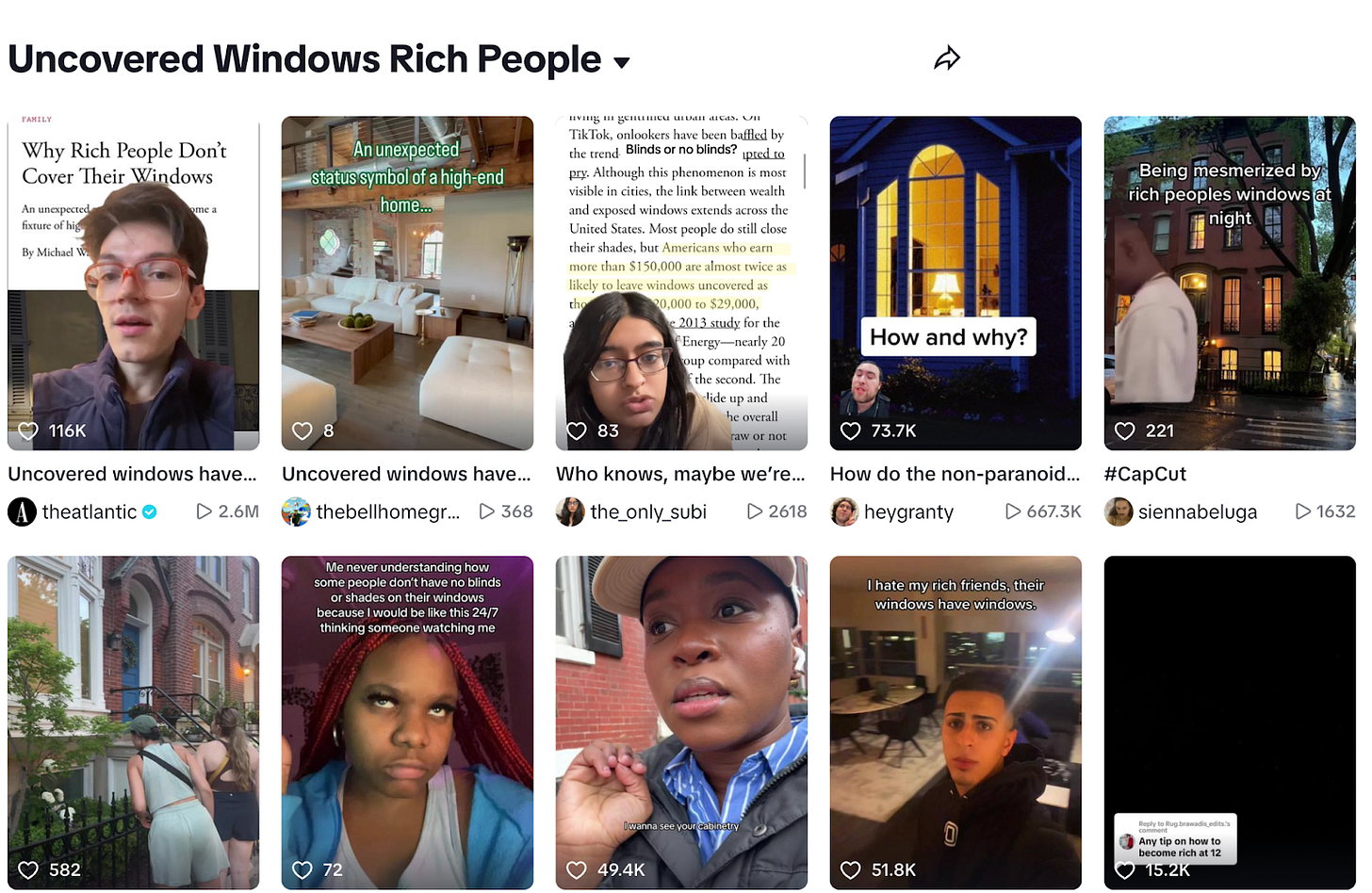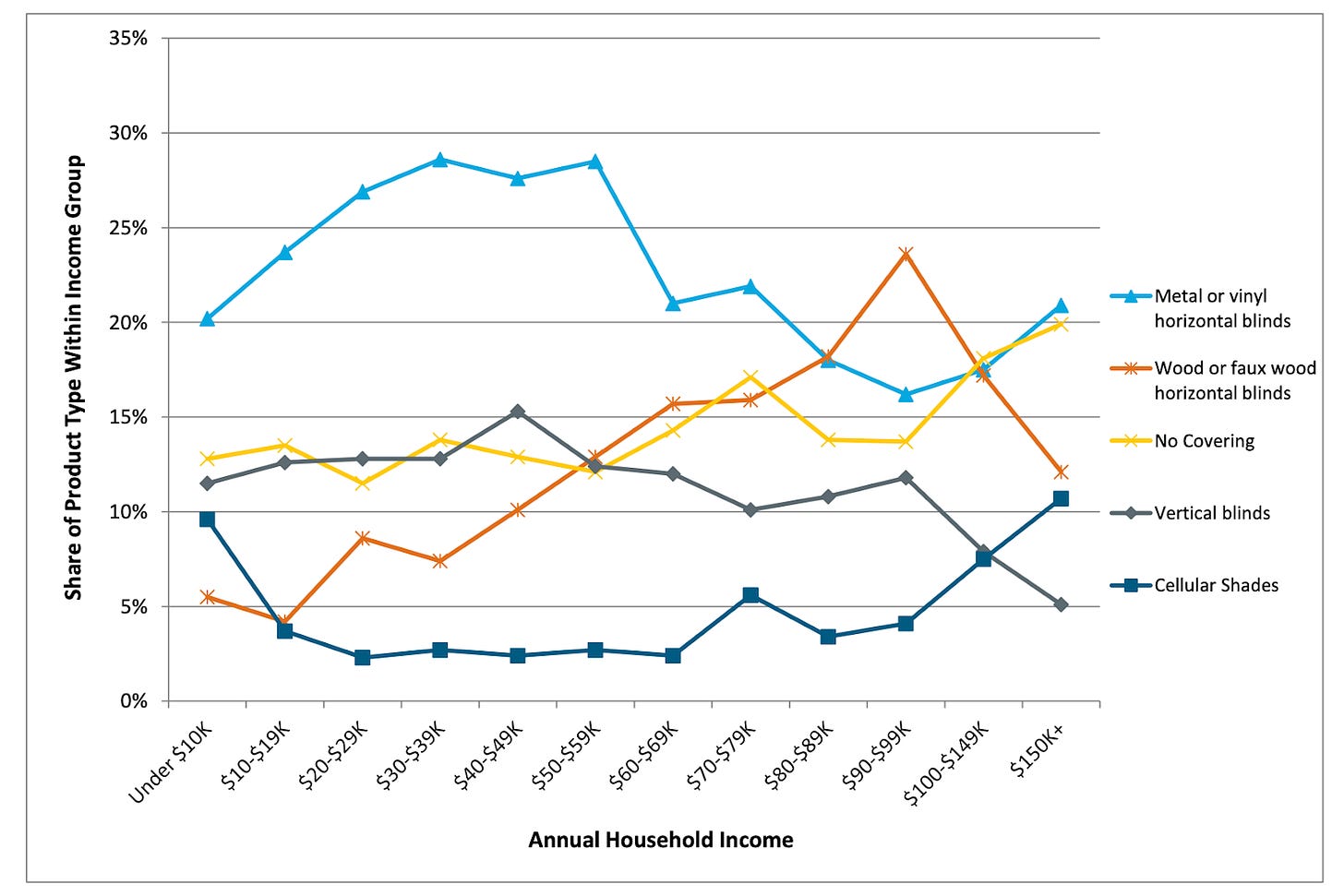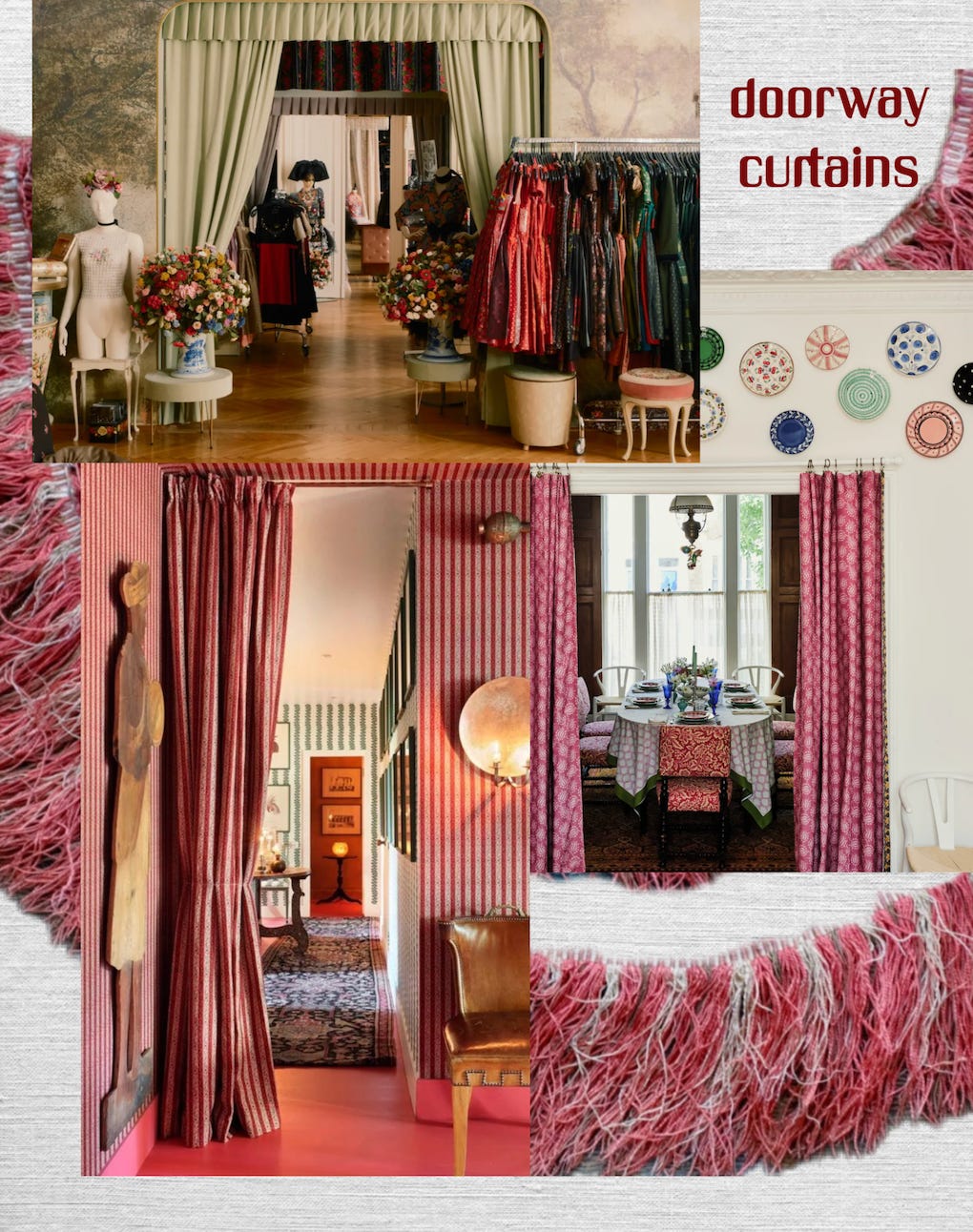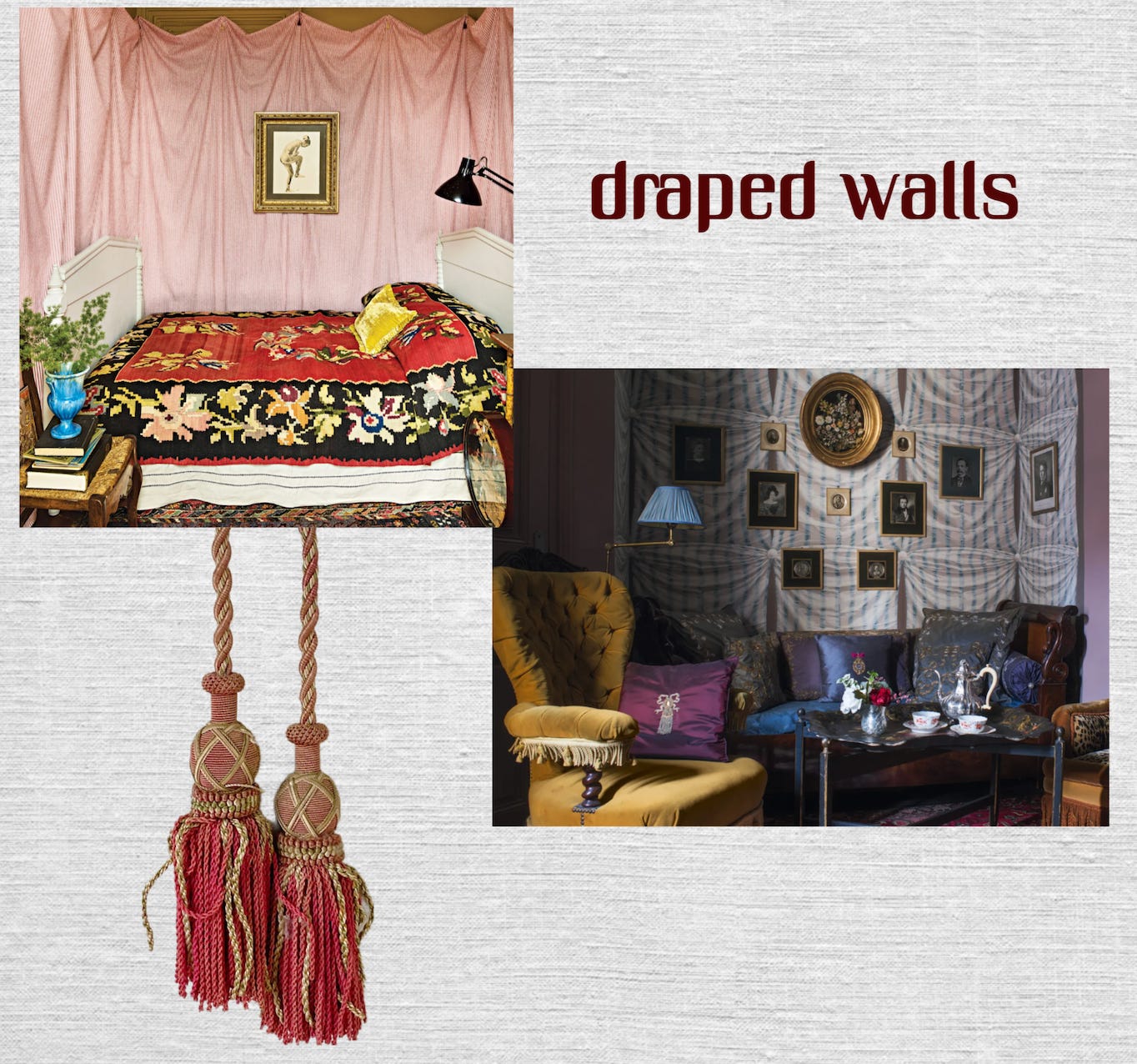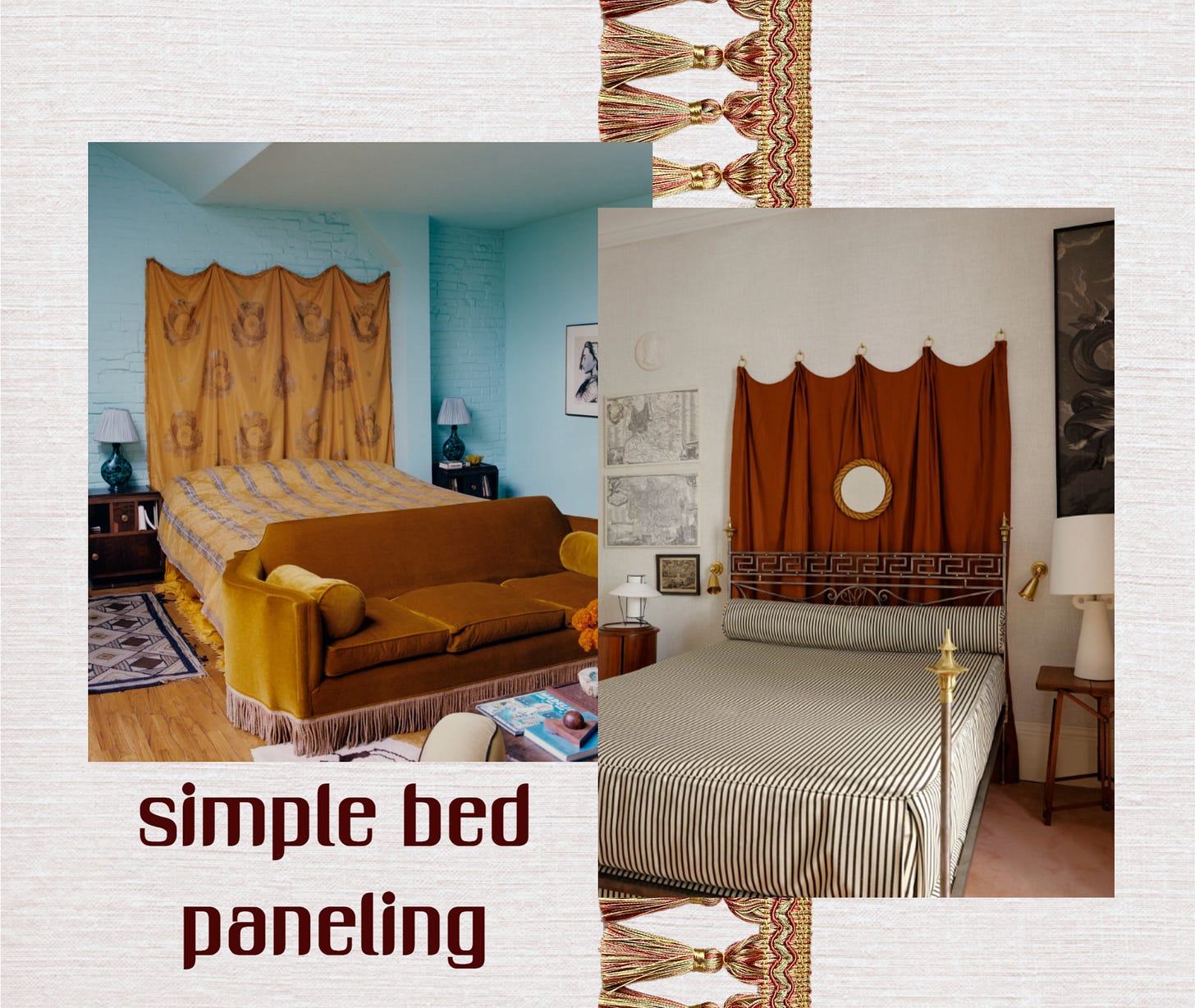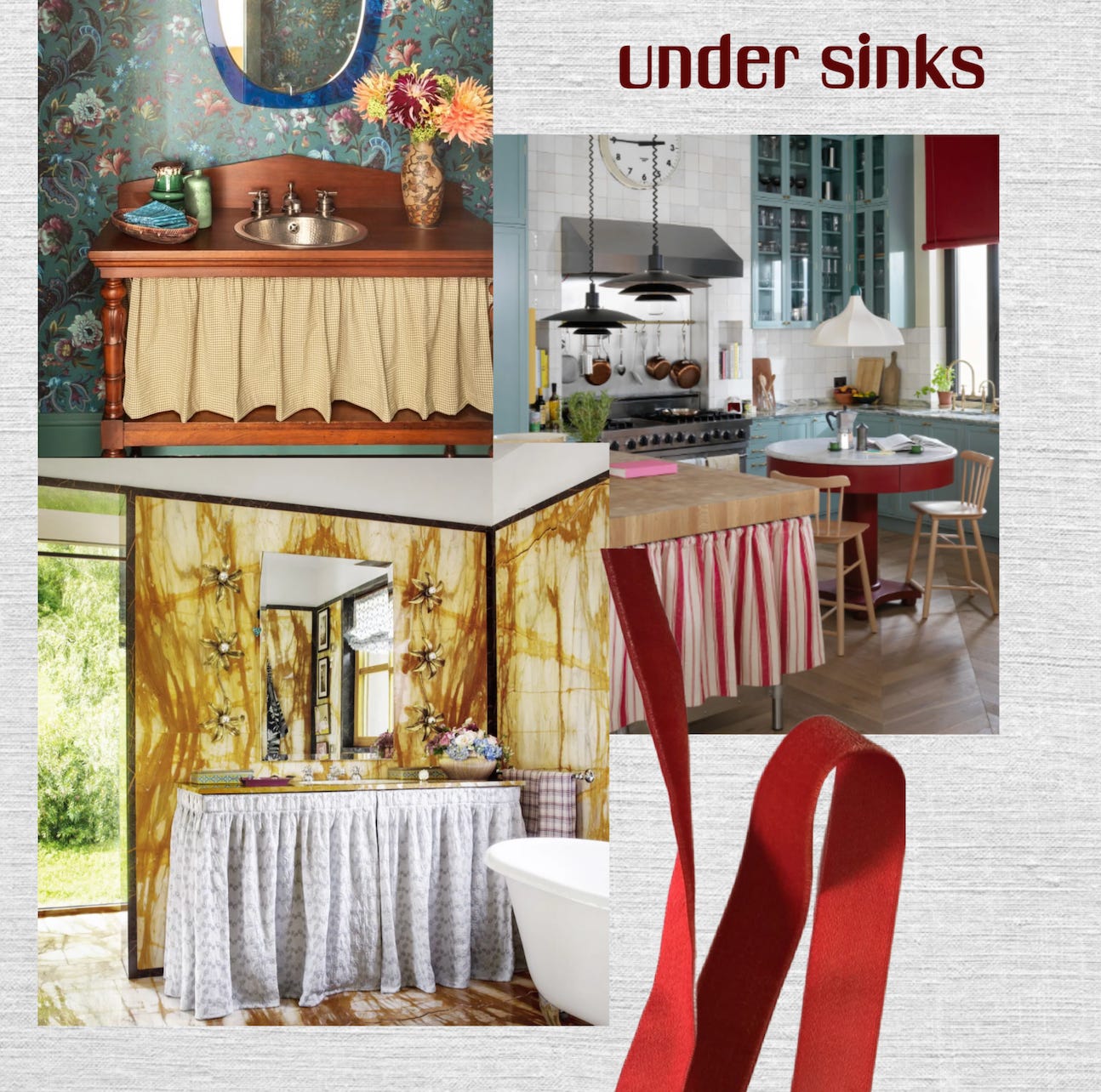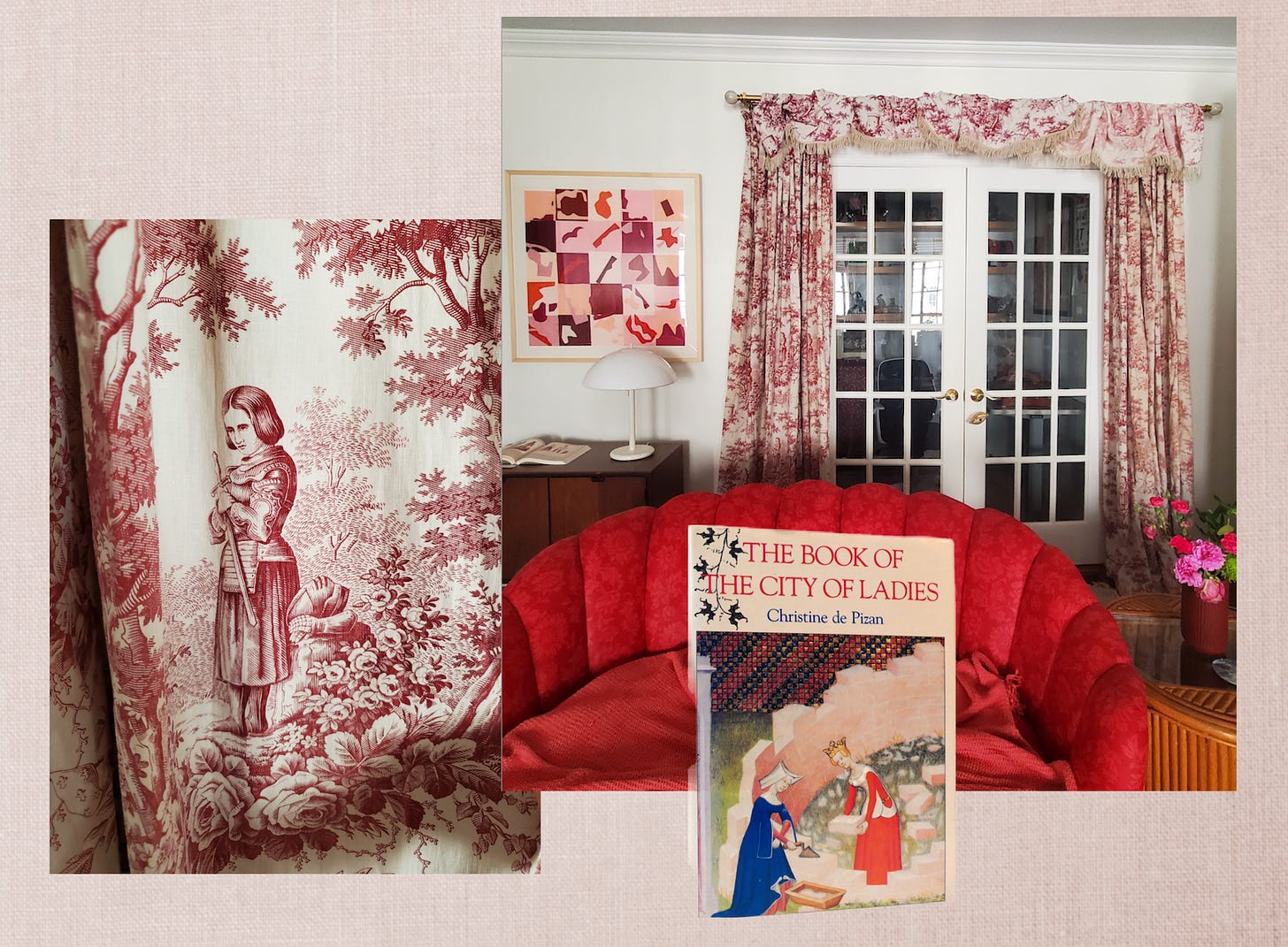The (curtain) call coming from inside the house
Windows get naked, while other surfaces play dress-up
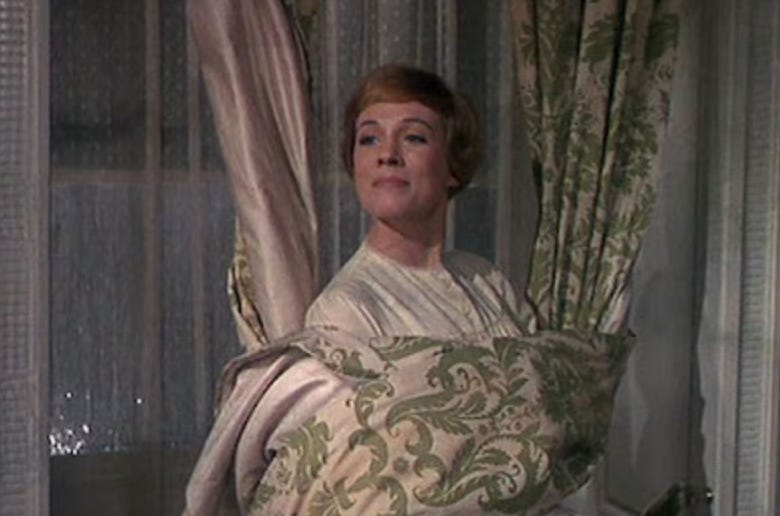
A few months ago, The Atlantic put the design world in a tizzy over a trend of rich people leaving their windows bare:
“Most people do still close their shades, but Americans who earn more than $150,000 are almost twice as likely to leave windows uncovered as those making $20,000 to $29,000 … The line isn’t smooth as you slide up and down the income scale, but the overall trend is clear: The choice to draw or not draw the curtains is in part driven by class.”
I eat popcorn over stories like this – it’s fascinating that seemingly boring accessories like curtains can denote things like class and upbringing. The article goes on to cite potential reasons for not using window coverings — the benefits of natural light and not having to care as much about heating/cooling costs, etc.
However digging into the original survey (which came out in 2013), the majority of respondents (62%) live in single family-detached homes, so it’s possible they may have less privacy needs than apartment dwellers, and less need for curtains overall. In addition, while these wealthier folks report they are uncovering their windows at a higher rate than lower income respondents, they’re still using metal/vinyl blinds more than any other type:
So I think it’s a bit overblown to think all wealthy people have abandoned window coverings because of decade-old data that skews to a residency type that may not need curtains and they’re still using blinds anyways. But that hasn’t stopped TikTok fascination. Maybe we’re all a bit like Paul Fussell’s class archetype theories and want some reassurances for why we like the things we do, and that our tastes align with how we perceive our own social standing. It’s human to care about these things, even if we don’t always admit them out loud.
Business of Home talked to some designers who are skeptical of wealth as a driving factor for the so-called anecdotal trends. The coverings themselves have evolved to more modern solutions (wall tracking, hidden blinds, outdoor shading, etc).
Here’s where I think it gets interesting:
“ I honestly think drapery has adapted its purpose, and that’s why we’re seeing more and more open windows—but just because you don’t see it, doesn’t mean it’s not there,” says Ferrier. “Form follows function, but because you don’t have drapery that meets a functional need anymore, drapery has migrated off the windows and onto walls.”
“When visual planes meet in a clumsy way, drapery can be used as a great way to heal that.” (emphases mine)
And this seems to be true – there have been more creative uses for curtains in recent years. Curtains across doorways, cabinets, walls – they seem to be everywhere besides windows. While some elements like door curtains aren’t new ideas to warm the home (their usage dates back centuries across countries, particular in Europe/UK), they’re picking up stateside. As a decor element they feel refreshing after decades of post-war minimalism. For a fabric nerd like me, having new surfaces to put them on is actually thrilling – it’s part Renaissance, cottagecore, and Oliver Putnam.
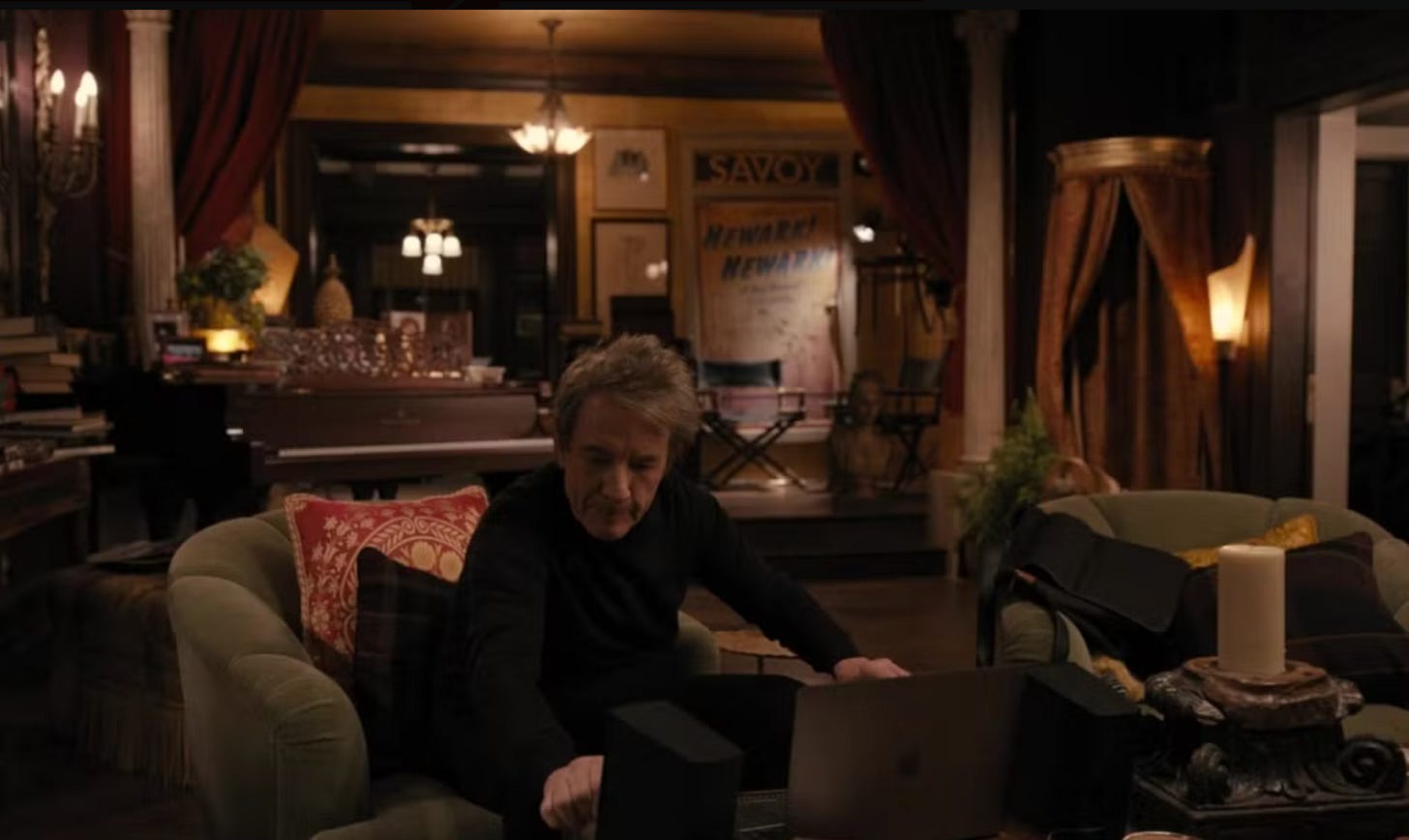
Why is this happening? For some there’s a practicality of hiding ugly bits. Personally I know of some past NYC rentals that would have benefited from this addition, alas.
But maybe there’s also a deeper psychology of feeling soothed and swaddled by additional texture in the home. As Homes & Gardens notes:
“There's also something very comforting and cocooning about fabric, it also has a lovely effect on acoustics and is a great way to add color and interest to a room.”
Some visual pretties in action:
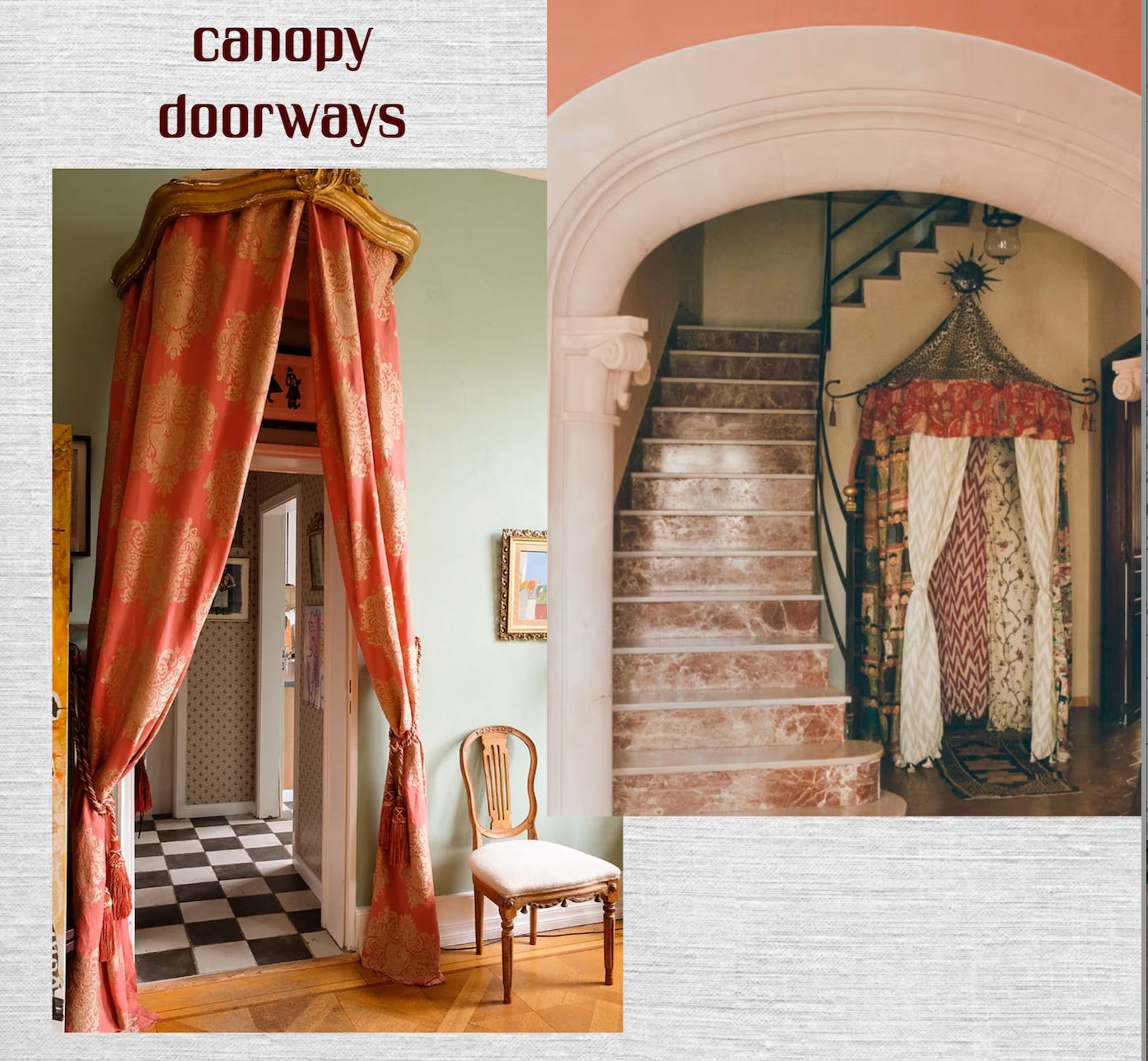
Further reading:
History of window-dressing | Brownstoner
Why rich people don’t cover their windows | The Atlantic
Is drapery dead? Designers aren’t convinced | Business of Home
Curtains instead of cabinets | House & Garden
An ode to the cafe curtain | Homes and Gardens
Upgrading a shower using pelmets | Apartment Therapy
I’ve always been obsessed with the handfeel of fabrics — from the feel of a worn-in cotton t-shirt to the stiffness of raw silk — and have been known to scour flea markets around the world to touch and sometimes buy different materials. When we finally moved into our new apartment, it finally felt like enough space to experiment putting up my antique curtain collection. I’m obsessed with reds, pinks, and florals as you’ll see.
Door curtains: The 15th-century author Christine de Pizan has been a huge influence on me — she wrote “The Book of the City of Ladies” (a proto-feminist manifesto imagining a city of impressive women from history and fiction), and was one of the first biographers of Joan of Arc (they were contemporaries). So when I saw these mid-19th century French Joan of Arc curtains from The Textile Trunk, I knew I wanted to own this piece of history. I originally bought the festoon on its own, and then saved up for the full set when I realized how much I loved the print. Unlike some other Joan of Arc prints I’ve seen from the same time period, this Joan isn’t depicted at the stake, but is unshackled, free and among roses. It’s really beautiful to live with.
Bed canopy: My Pinterest algorithms have been serving up bed canopies to me for the past five years, and I really cannot get over the romanticism of them. After researching different mounts, I found one through this Etsy seller. The fabrics on it are also from The Textile Trunk (the two florals) and both date 1850s-1900, which is a time period I’m really interested in for textiles (art nouveau). The stripe one is mid-20th century is from AnciennesEpicuries, which specializes in French antiques.
Cabinet cafe curtains: I had an old Ikea cabinet with clear doors that I wanted to cover, as I very easily get distracted by visible storage. Some mid-century cafe curtains in my collection fit the cabinet dimensions. I originally mounted them with command hooks (as you can see in the photo), but they kept falling down so I have since re-hung them with metal brackets, and added a bow ribbon in the middle to hide the gap between curtains. It was a super easy project! My tastes tend to go very bold in color, but to balance this out I would probably do a simple linen in a future project for a sink or cabinet. I’m also debating doing a doorway curtain for our hallway, but tbd!
Would you use curtains in a different way, and how would you incorporate them into your home?
That’s a lot of words (and collages) on drapes, so I’ll end here by saying that I’m thinking my next post I’ll focus on the Bloomsbury Group and their influence on fashion and home.
xo,
JoAnn



